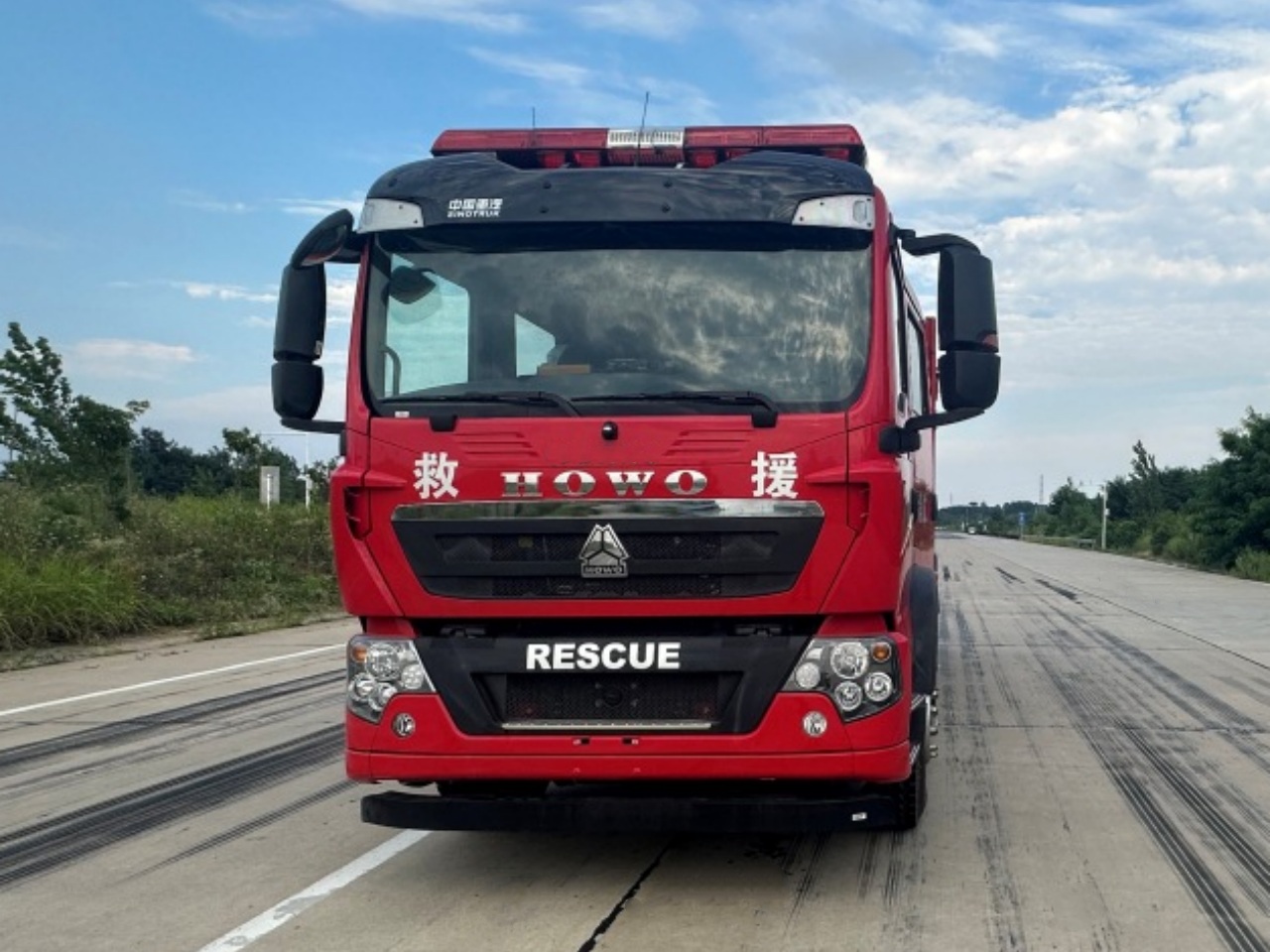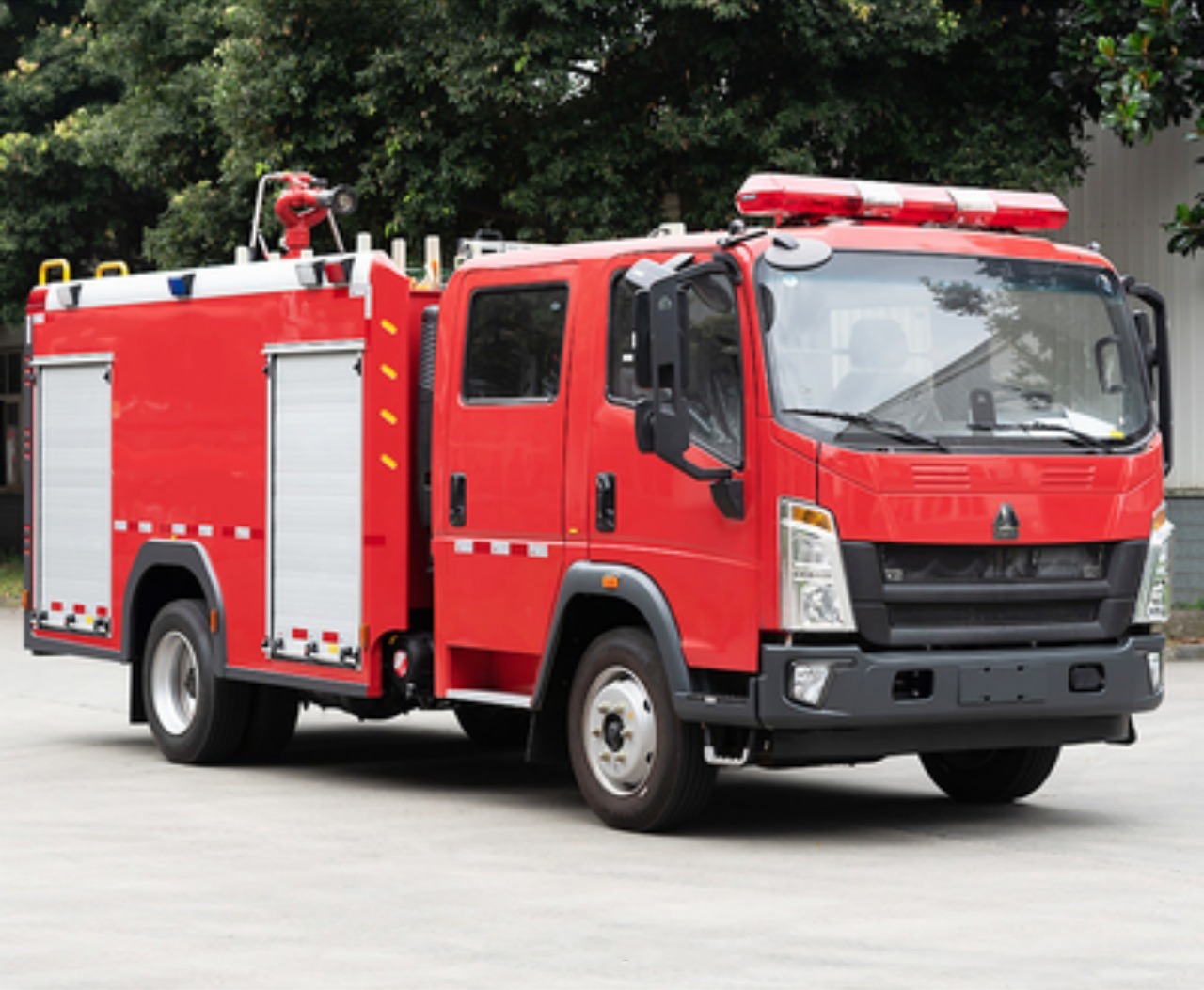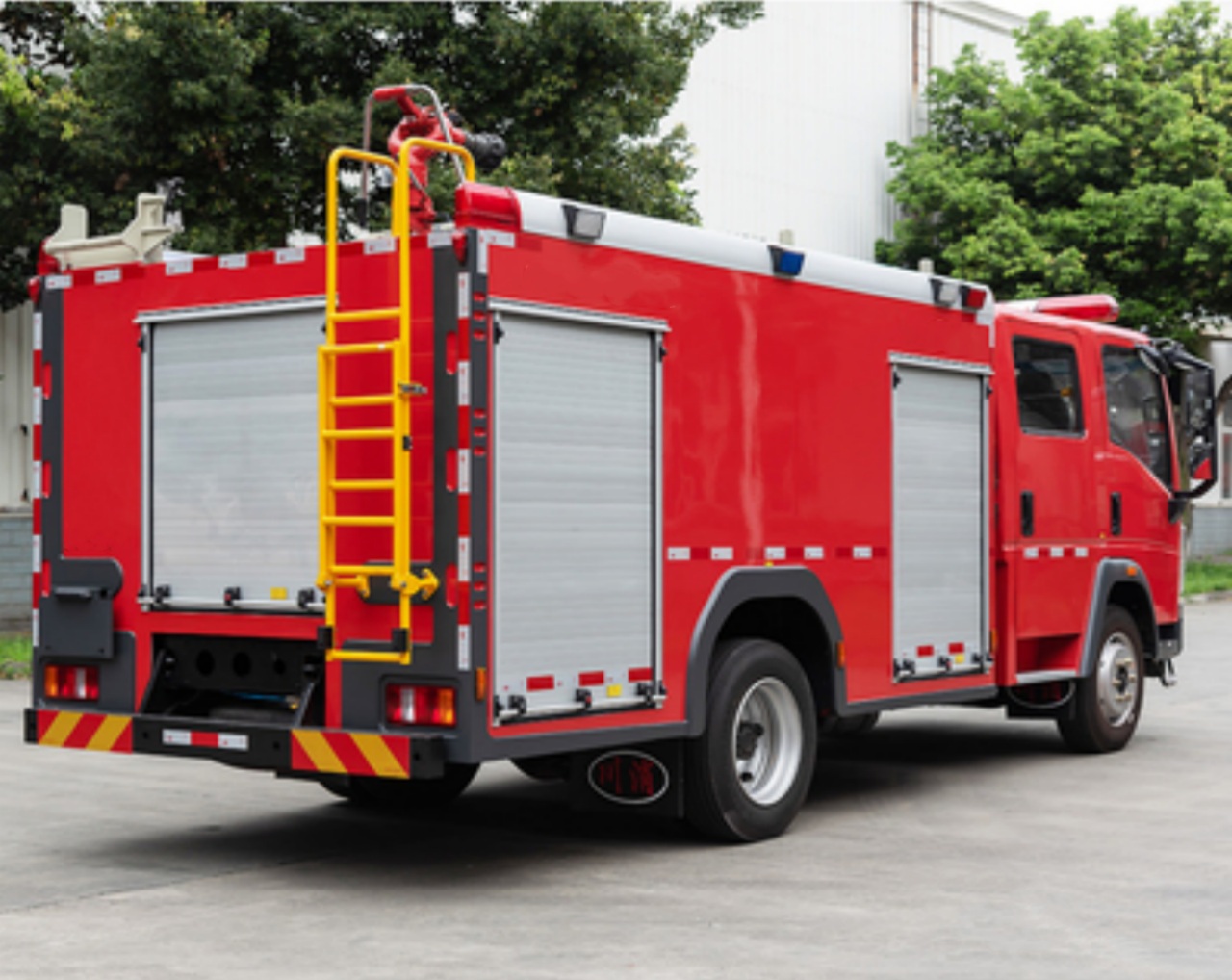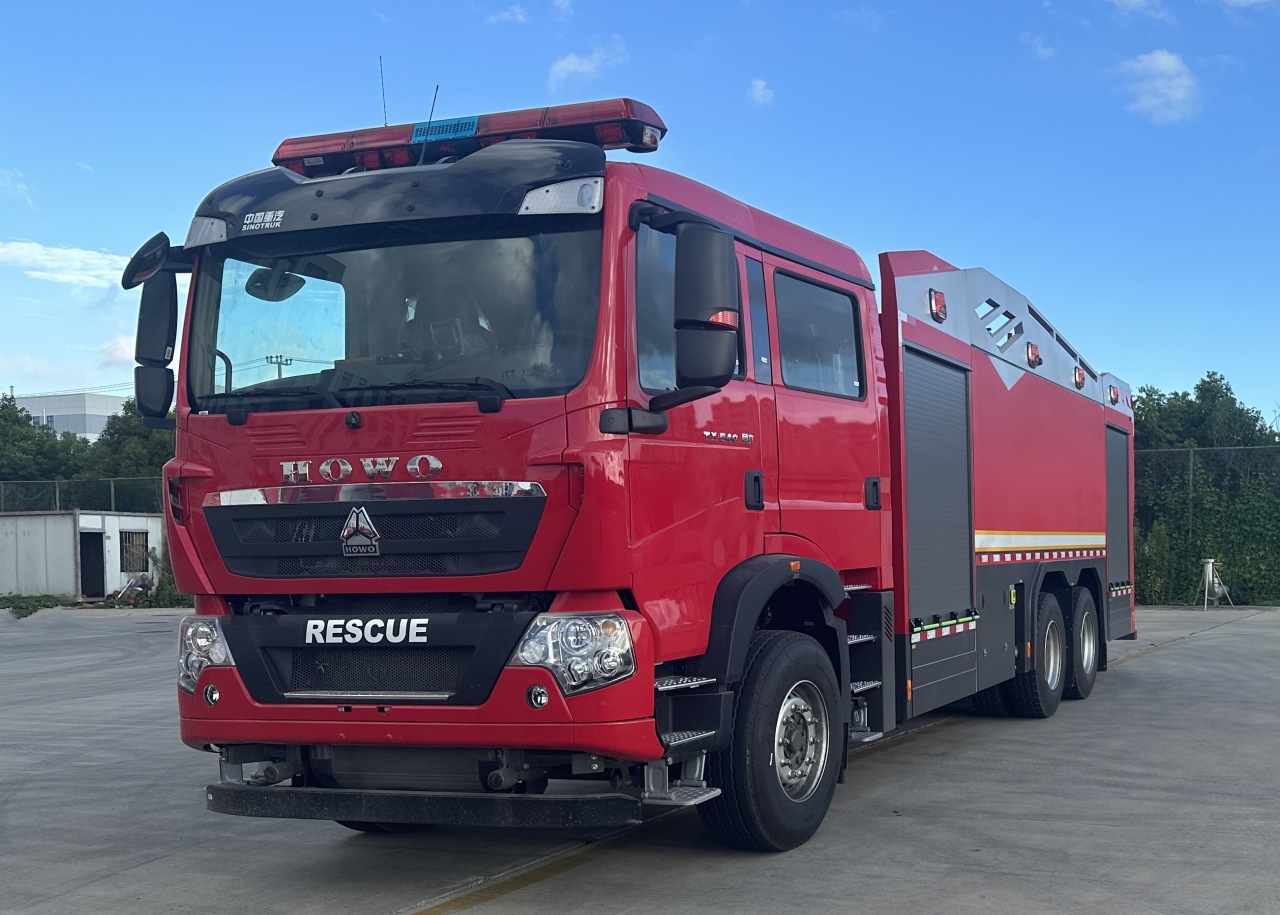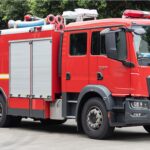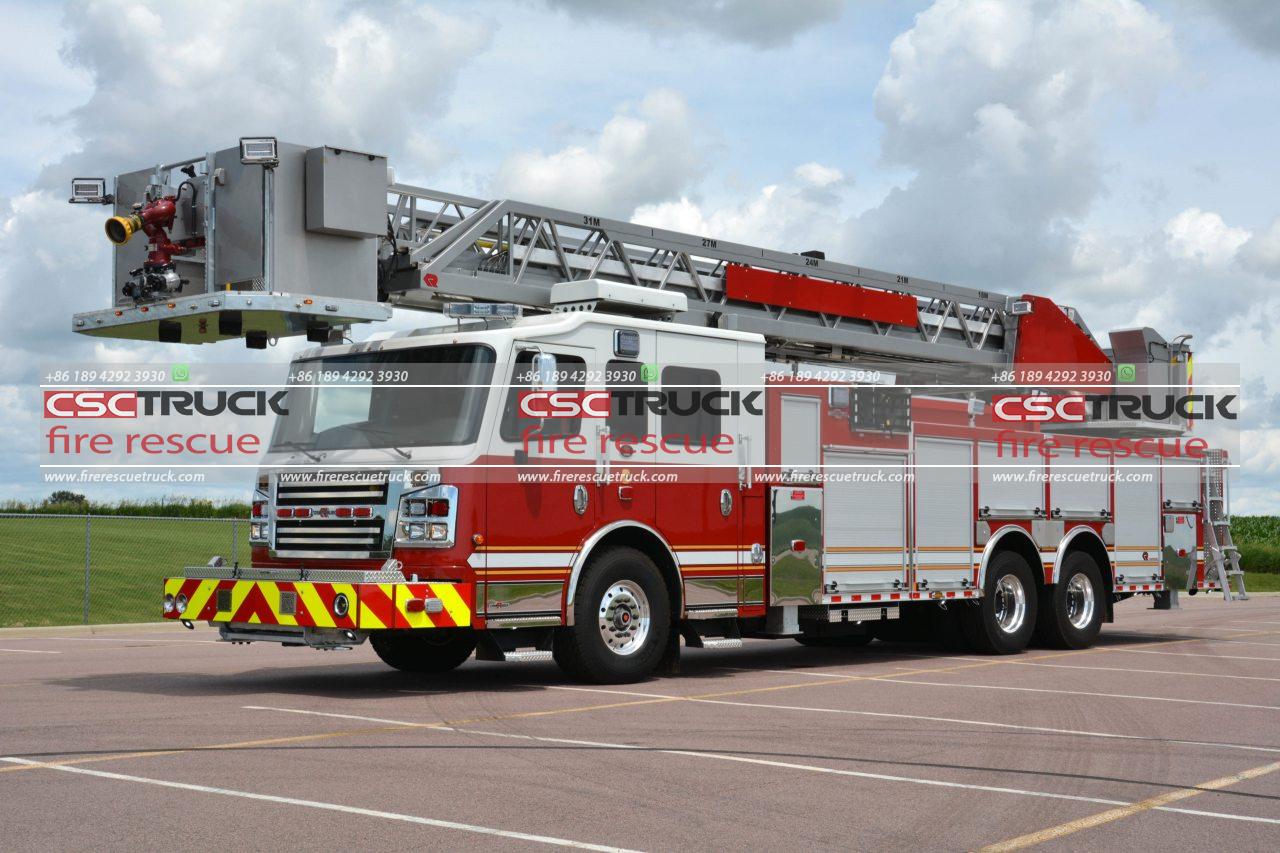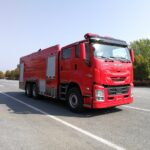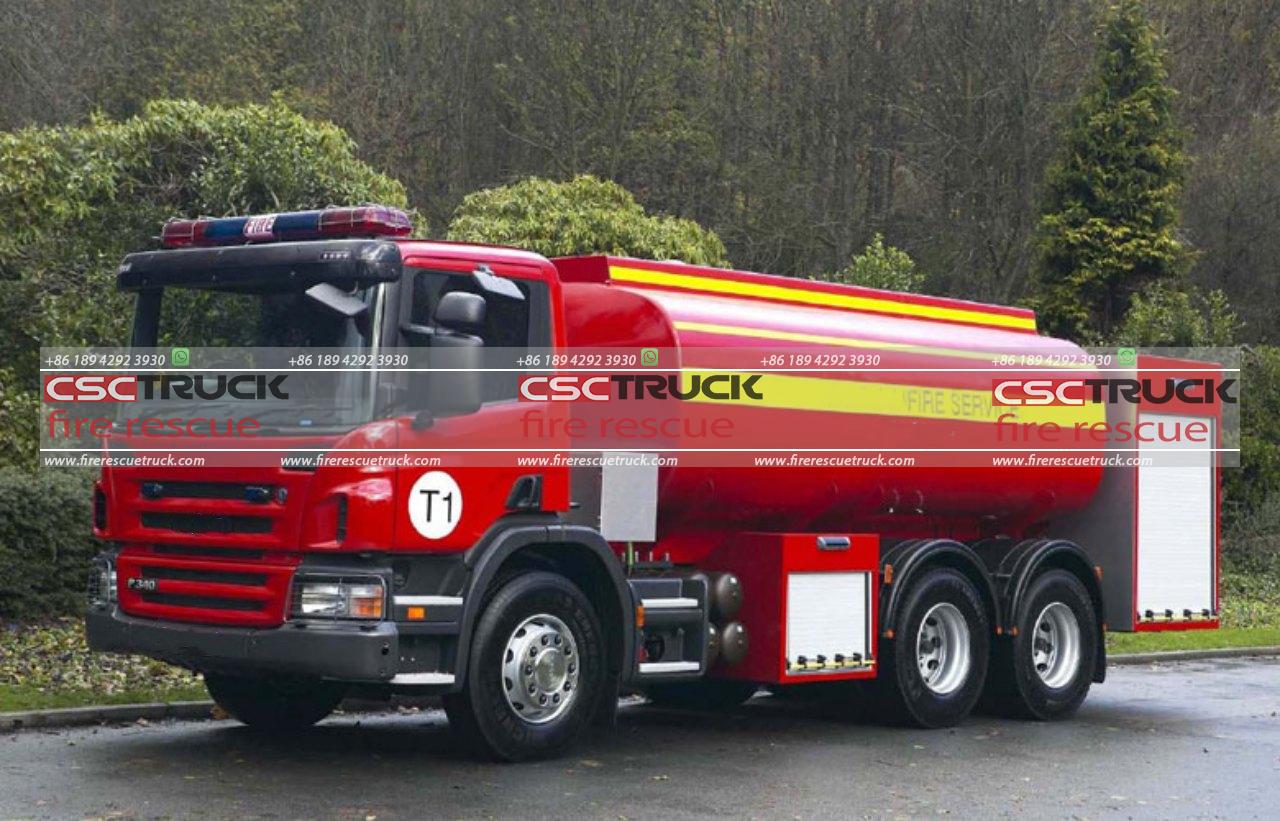When picturing a fire engine speeding through the streets, sirens blaring and lights flashing, many people imagine it rushing to douse a roaring blaze. But what’s actually inside that big red vehicle? One of the most common questions asked is: Do British fire engines carry water? The answer is yes, but there’s much more to it than just a tank of water. British fire engines are complex machines designed for various emergency scenarios, and their water-carrying capabilities are only 1 part of their mission-ready package. This article dives into the purpose, capacity, and role of water on board British fire engines.
The Primary Role of a British Fire Engine
In the United Kingdom, the term fire engine (or fire appliance) typically refers to the primary vehicle used by fire services to respond to emergencies. These vehicles are known as Type B appliances, and their roles include:
- Firefighting
- Rescues (e.g., road traffic collisions)
- Hazardous material response
- Medical emergencies
- Community support and safety checks
A standard fire engine must be flexible enough to handle multiple types of emergencies. This flexibility is supported by the variety of equipment it carries — including hoses, ladders, cutting tools, breathing apparatus, and, of course, water.
How Much Water Do They Carry?
The average British fire engine carries between 1,800 to 2,400 litres of water (approximately 400 to 530 gallons). This water is stored in an integrated tank and can be immediately pumped through hoses when needed.
The exact capacity may vary depending on the local fire service and the model of the appliance. Rural engines might carry more water due to the scarcity of hydrants, while urban units rely more heavily on a well-developed water mains infrastructure.
Some fire engines also include high-pressure hose reels (typically 2), which can be quickly deployed for small or moderate fires. These reels use water from the onboard tank and are ideal for quick interventions.
Why Carry Water When There Are Hydrants?
One might wonder — why do fire engines carry water at all if most urban areas are equipped with fire hydrants? The reason is twofold:
- Immediate Response: Firefighters need instant access to water upon arrival at a scene. Connecting to a hydrant takes time — time that could be critical in saving lives or preventing a fire from spreading.
- Hydrant Availability: Not every location has a hydrant nearby, and some hydrants may be faulty or inaccessible due to parked vehicles or obstructions. In rural or suburban areas, hydrants may be few and far between.
So, carrying water ensures the crew is never caught unprepared.
Pump Systems on Fire Engines
The water tank is only useful if it can deliver water at high pressure to the fire. British fire engines are equipped with integrated pump systems that typically offer:
- Low-pressure operation: Around 3 to 4 bar, used for hose reels and general firefighting.
- High-pressure mode: Up to 7 bar or more, for situations requiring longer hose lengths or high water delivery rates.
Modern pumps are often electronically controlled, with panels at the rear or side of the engine allowing precise adjustment of flow and pressure. The pump is powered by the engine of the vehicle itself, or in some cases, an auxiliary engine.
Water Replenishment During Long Incidents
In prolonged firefighting operations, such as tackling a warehouse blaze or a forest fire, the initial 2,000 litres of water won’t last long. That’s why British fire services use several strategies to maintain a water supply:
- Connecting to hydrants to draw continuous water.
- Water relays, where multiple fire engines work together, pump water over long distances.
- Water tankers (also known as water bowsers) can bring tens of thousands of litres to the scene.
- Open water sources, such as rivers, canals, or lakes, can be used via portable pumps if hydrants are unavailable.
This operational flexibility ensures that even if a fire engine’s tank is drained quickly, a steady supply can be maintained.
Different Types of Fire Engines
It’s important to note that not all fire engines are built the same. In the UK, fire services use a variety of specialized vehicles, including:
- Water Tenders (Type B appliances): These are the most common and carry water, pumps, and rescue equipment.
- Water Rescue Units: For flood and swift water operations; may carry little or no water for firefighting.
- Aerial Ladder Platforms (ALPs): Equipped with extendable ladders or platforms for high-rise access; may carry small water tanks or none at all.
- Foam Units: Designed for chemical fires or fuel fires; may carry water, foam concentrate, or both.
- Water Carriers: These are large tankers with capacities between 9,000 and 18,000 litres, deployed to supply water in large-scale incidents.
So while most fire engines carry water, some specialized units do not — they serve specific roles instead.
Technological Enhancements
Modern British fire engines are equipped with technological enhancements to improve water usage and fire suppression effectiveness:
- Compressed Air Foam Systems (CAFS): These mix air, water, and foam concentrate to create an expanded foam with excellent fire suppression qualities. CAFS can reduce water usage significantly.
- Thermal imaging cameras help identify hot spots and ensure targeted use of water.
- Telemetry and flow meters monitor water usage in real-time, helping incident commanders manage resources effectively.
These innovations help save time, reduce water waste, and minimize environmental damage.
Training and Protocols
It’s not enough just to have water — firefighters must be trained in how to deploy it efficiently. British fire services train crews extensively in:
- Hose laying techniques
- Pump operation
- Hydrant identification and connection
- Tactical water use (e.g., fog vs. jet sprays)
- Water relay planning
This ensures that when a crew arrives, they can start attacking the fire immediately, even if only with the tank water, while preparing to connect to a larger supply.
Conclusion
So, do British fire engines carry water? Yes, they do. Water is a fundamental part of firefighting, and British fire engines are designed to carry a substantial amount for immediate response. However, the story doesn’t stop there. These vehicles are part of a larger ecosystem of fire response, equipped with pumps, tools, and support vehicles to ensure that water, whether from a tank, a hydrant, or a lake, is delivered precisely where and when it’s needed.
British fire engines embody preparedness, and their onboard water supply is the first line of attack in a carefully coordinated system built to protect life, property, and the environment.
